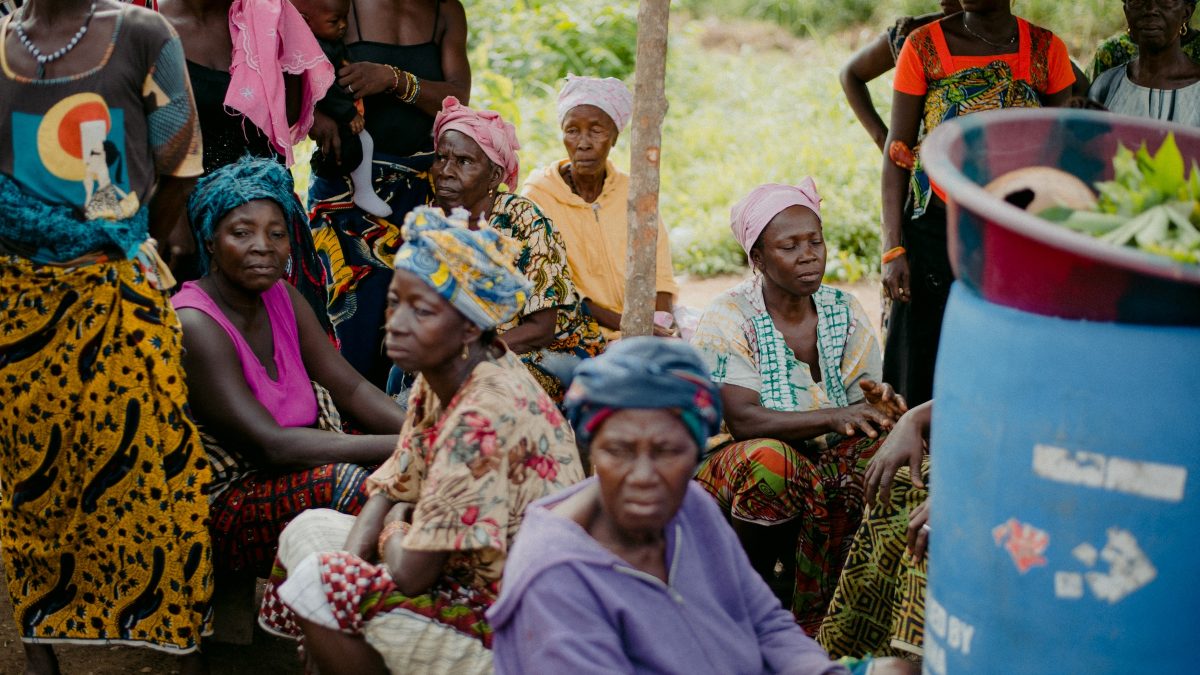Funeral rites are among the many traditions that have been preserved in most cultures in Africa and the world over for centuries.
The rites in themselves have not gone through a lot of changes. However, some of the things associated with them have. One classical example of this among the Ga people of Ghana is the design of coffins.
While the tradition of giving the deceased a ‘deserving house’ of its own has not changed, the design of that house has gone through some dramatic changes, blending old beliefs with modern art and design, to tell subtle but captivating stories about the deceased.
This is what has come to be known as abebu adekai, otherwise known as “fantasy coffins” in English: unique and intricately designed coffins specially crafted to reflect the lifestyle, profession, interests and even personality of the deceased.
The idea behind the “abebu adekai” is one of celebration: to celebrate the life and achievements of the deceased, rather than mourn their passing.
The tradition of fantasy coffins is said to have originated in the 1950s in Teshie, Accra, where a group of carpentres began to craft personalised coffins to tell the life stories of their deceased friends, family and other members of the community, through their craft.
Samuel Odai Afotey, owner of “Paa Willie Six Feet”, a coffin making workshop in Nungua, believes, however, that “these coffins existed even long before the 1950s”, and that “the designs date as far back as centuries ago, because our ancestors were the first to express themselves through proverbial language.”
The name “abebu adekai” translates to wit, “box(es) of proverbs.”
They are a special means of storytelling, and storytelling, according to Afotey, “has long existed since the days of our ancestors.”
Many of the designers of these burial vessels with elaborate designs were born into the profession just as their fathers and their fathers’ fathers were also born into it.
Afotey, 40, has been making these designs for 35 years, because, “before my mind could process anything, I had been thrust into the profession by my father”, whom he discloses was a carpentre himself, and one who also used to make these fantasy coffins.
Francis Borketey Portei, also a carpentre and designer of fantasy coffins in Nungua, shares some traditional beliefs among the Gas, explaining the importance of these coffins which are intended to tell factual, yet flattering stories of the deceased.
“With our rich cultural traditions, we Gas hold the belief that death is not the end of life, but the beginning of a new life for the deceased, and an opportunity to be united with those who have come and gone.
“We therefore consider funerals as significant events in society, as they are seen as an opportunity to honour and celebrate the life of the deceased”, he said.
Because they believe the deceased is gets to live a new life in a different place with the departed souls of their family, “we craft these coffins as a way of making them happy by giving them back some of the things they loved the most while they lived,” he added.
Afotey Mensah is a sprayer in a coffin making shop. Mensah explains how the coffins are made to come to life through subtle language.
“Fantasy coffins take on the form of anything that the mind of the coffin maker can conjure, which is intended to accurately portray the lifestyle or personality of the deceased”, he told Mene Africa.
“So for instance, a judge may have their coffin carved into the image of a robed person because of his profession while he lived, just as a deceased member of the Asafoatse group may have a gun made for them as a coffin, because he was a warrior who fought with a gun to protect the stool, while he lived,” Mensah further explained.
Even though the mind of the carpentre conjures the designs, he only makes the coffin at the instruction and request of the family of the deceased.
They may also have any design ranging from animals, like a fish, a bird, a lion, to objects such as cars, bottles of drinks, fruits, vegetables, and even parts of the human reproductive system.
The choice of design depends on the individual’s occupation, social status, or personal preferences. For instance, a fisherman might be buried in a coffin shaped like a fish, while a chief or king might be buried in a coffin shaped like a lion.
While the “fantasy coffin” is a work of art and has in recent years been featured in art galleries and museums around the globe, it is generally believed among the Gas that until God blesses a man with the gift to make those intricate designs, “a carpentre can never on his own come up with the actual design of the object being portrayed to perfection, no matter how skilled his fingers are,” added Afotey.
Whatever the origin of the “abebu adekai”, its continuous thrive among the Gas as sacred and unique burial vessels intended solely and specially to tell the life story of the deceased and also to celebrate them, is testament to the fact that the Gas honour their dead greatly, and believe that the spirit of all departed souls still live, albeit in a different place.
It is telling of a people’s belief in celebrating life and honoring the deceased in a way that personalises their story in a memorable way to give breath to them, even in death.

